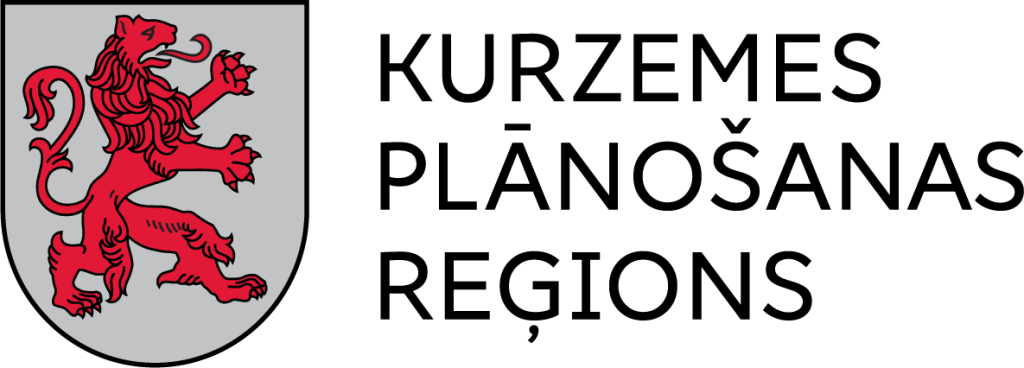
Studies of the presence of active pharmaceutical ingredients in wastewater and in the rivers and other bodies of water in Latvia and Lithuania have revealed that in many places the concentration of these substances either is close to or exceeds the level which is considered to be safe for environment. According to the results of chemical analysis, majority of the studied water samples are dominated by active ingredients contained by anti-inflammatory drugs and painkillers.
Within the EU project “Pharmaceuticals in wastewaters–levels, impacts and reduction”, the Latvian and Lithuanian scientists are studying wastewater pollution with active pharmaceutical ingredients with the underlying goal of searching for solutions for reducing this pollution.
“I was convinced that active pharmaceutical ingredients will be found in both wastewater and rivers, which they enter; but what is most surprising is that the amount of these substances is approaching levels that are unsafe for the environment or even exceeds them,” says the project manager researcher Ieva Putna-Nīmane from Daugavpils University Agency “Latvian Institute of Aquatic Ecology”. Although she admits that human health largely depends on medicine, she also reminds that “we should, however, remember that people also are significantly affected by the health of the environment.”
During the last summer and winter, more than 60 wastewater samples were collected in Latvia and Lithuania from 16 wastewater treatment plants and 16 bodies of water selected by the scientists. The samples were analysed at the Marine Research Institute, Klaipėda University, to determine the concentrations of 25 active pharmaceutical ingredients. As pointed out by Klaipeda University Doctor Sergey Suzdalev, results of chemical analysis do not surprise scientists. “Wastewater flows in most of the studied bodies of water are dominated by analgesic and anti-inflammatory active ingredients, like ibuprofen, diclofenac, paracetamol,” explains Suzdalev. “These medications are used extensively in both Latvia and Lithuania, so the substances contained by them end up in large quantities in wastewater treatment plants and water bodies. What is worrying is that, for example, the presence of diclofenac in many places exceeds the annual environmental quality standard value recommended by the European Commission, which is 10 ng per litre,” continues Sergey Suzdalev. Results of previous researches suggest of similar situation also in other EU countries.
The project partners, which include the State Agency of Medicines of the Republic of Latvia and the State Medicines Control Agency under the Ministry of Health of the Republic of Lithuania, also collect data on the medications sold in both countries from 2018 until 2020. According to these results, the drug consumption patterns are similar in both neighbour countries. For example, out of the selected 25 active pharmaceutical ingredients the one sold most is metformin, which is contained by drugs used to treat metabolic diseases. During a period of three years, more than 100 thousand kilograms of this substance have been sold in each country. The data on the sale of drugs was compared with the concentrations of substances in untreated wastewater. And, as expected, no direct correlation was found since concentrations are related to the nature of the particular substance.
“I want to thank all wastewater treatment plants and the Latvian Water and Wastewater Works Association for their support in this research and cooperation. Although wastewater treatment plants have not been designed to remove active pharmaceutical ingredients from wastewater, our study suggests that they manage to reduce the pollution by 33–80%,” informs the researcher Ieva Putna-Nīmane.
Within the project, concentrations of 25 active pharmaceutical ingredients in wastewater and bodies of water in Latvia and Lithuania are studied. The data obtained will allow scientists to conclude what damage the presence of pharmaceutical substances can cause to the environment.
Together with the scientific and research part the project also provides for an informative and educational campaign to raise the understanding about the impact medications have on the nature and where and how to dispose of the expired medications or drugs no longer used.
The project gathers scientists, environmental experts and other specialists from the Latvian Environment, Geology and Meteorology Centre, Kurzeme Planning Region, State Agency of Medicines of the Republic of Latvia, State Medicines Control Agency under the Ministry of Health of the Republic of Lithuania, Klaipėda University, and Daugavpils University Agency “Latvian Institute of Aquatic Ecology”.
The project “Pharmaceuticals in wastewaters–levels, impacts and reduction” (MEDWwater LLI-527) is being run from February 2021 until the end of 2022 within the Interreg V-A Latvia–Lithuania Programme 2014-2020. The overall budget amounts to nearly 700 thousand euro, and the co-financing by the European Regional Development Fund is slightly above 572 thousand euro.
This publication has been produced with the financial assistance of the European Union. The contents of this publication are the sole responsibility of Kurzeme Planning Region and MEDWater project partners, and can under no circumstances be regarded as reflecting the position of the European Union.
The Activities of the project are implemented with the financial assistance of the European Union. The content of this publication is the sole responsibility of Kurzeme Planning Region and can under no circumstances be regarded as reflecting the position of the European Union.
More about project:
https://kurzemesregions.lv/en/projects/protection-of-environment/medwwater/
Information prepared by:
Liena Freimane
Project manager
e-mail: liena.freimane@kurzemesregions.lv
phone: + 371 26306030

